Key Takeaways
Let’s cut through the fluff like a garment embossing machine slicing through cheap polyester. Here’s what you actually need to know before turning fabric into a walking billboard:
- 3D silicone logos are the Beyoncé of branding—bold, unapologetic, and impossible to ignore. But nailing the precision techniques is like teaching a cat to tap-dance: tricky, but hilarious when done right.
- Eco-friendly processes aren’t just for tree-huggers anymore. Imagine saving the planet while stamping unicorns onto hoodies—Mother Nature high-fives included.
- PID temperature control sounds like robot jargon, but it’s basically the “Goldilocks zone” for heat: not too hot (goodbye, melted logos), not too cold (no sad, flaky designs).
- Denim and sportswear? They’re the VIPs of embossing. Denim’s like, “Etch a dragon on me,” while yoga pants whisper, “Make me fancy sweat.”
- Silicone transfer vs. traditional branding? It’s like comparing a laser printer to a quill pen. One’s faster, cleaner, and won’t leave ink stains on your dignity.
Pro tip: If your workflow feels slower than a sloth on espresso, automated embossing machines are your new caffeine. Now go make fabric fabulous—or at least less boring.
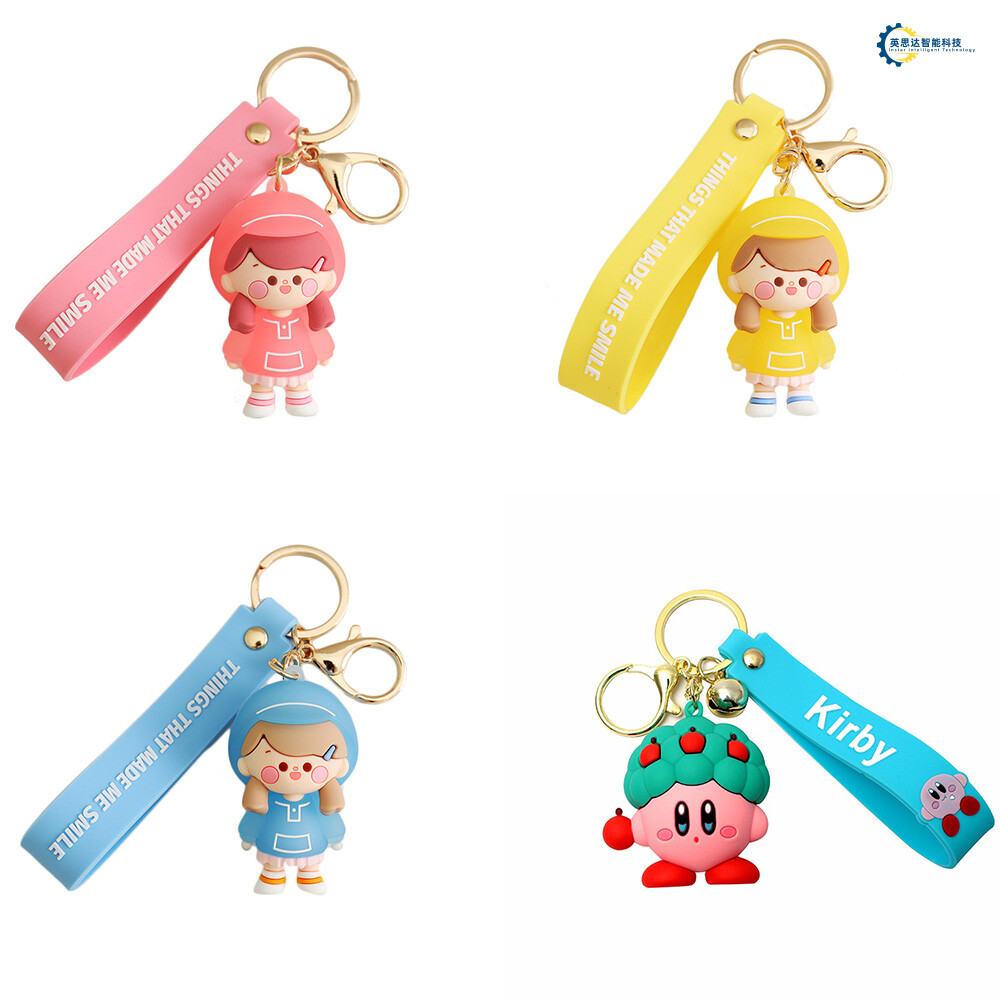
D Silicone Logo Solutions for Textile Branding
Let’s face it: your fabric’s branding game shouldn’t fade faster than my enthusiasm for kale salads. Enter 3D silicone logos—the unsung heroes of textile swagger. Imagine your logo not just sitting on a shirt but popping like a confetti cannon at a llama’s birthday party. These squishy, stretchy marvels stick around longer than that one relative who always overstays Thanksgiving.
Why silicone? Well, traditional logos peel off like bad sunburns, but silicone embossing laughs in the face of washing machines, sweatpants marathons, and even that time you accidentally ironed your cat’s favorite blanket. Plus, they’re eco-friendly—because saving the planet should also involve making your hoodie look rad. With PID temperature control, these machines don’t just “get hot”; they’re like Goldilocks with a PhD, ensuring every degree is just right for crisp, durable designs.
From denim jackets that survive mosh pits to sportswear that outlasts your New Year’s resolutions, silicone logos are the textile world’s answer to glitter glue—minus the mess. And hey, if your brand’s logo can survive a spin cycle, maybe there’s hope for my laundry skills after all.
Next up: how to turn that blob of silicone into a masterpiece sharper than your aunt’s side-eye at family reunions. Stay tuned!
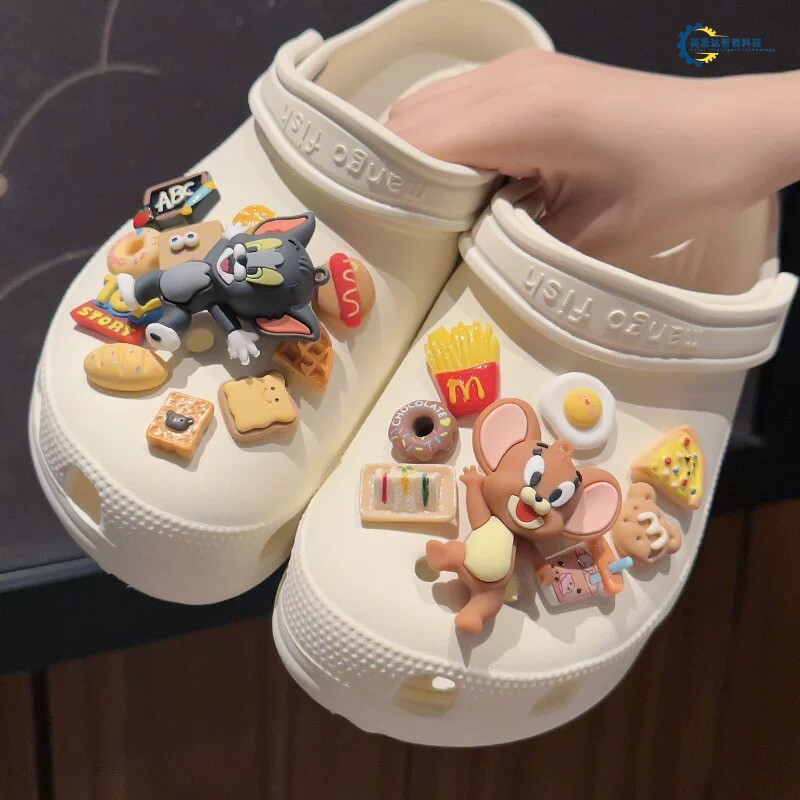
Precision Techniques for 3D Silicone Logo Creation
Creating 3D silicone logos is like baking a cake—except instead of frosting, you’re dealing with molten silicone, and the only thing “sweet” here is your brand’s sharp new look. To nail those crisp, raised designs, start by treating your garment embossing machine like a fussy pastry chef. Precision begins with silicone viscosity control—too runny, and your logo melts into a pancake; too thick, and it’s like squeezing cement through a straw. Pro tip: If your silicone resembles squishy dough, you’re golden.
“Think of your machine’s pressure settings as its ‘anger management’ dial. Too high, and you’ll blast through fabric like Godzilla through Tokyo. Too low, and your logo looks like it’s been half-heartedly doodled by a sleepy intern.”
Modern machines use laser-guided alignment systems to ensure logos land exactly where they should—no more crooked emblems turning your denim jackets into abstract art. For sportswear, aim for a 0.2mm tolerance; anything wider, and your logo might as well wave a white flag during wash cycles. And don’t forget PID temperature control—the unsung hero that stops your silicone from overheating and turning into a glittery puddle of regret.
Fun fact: Silicone behaves like a drama queen under heat. Keep it between 160°C–180°C, or it’ll either freeze up or throw a tantrum.
Bonus hack: Test designs on scrap fabric first. Because nothing says “oops” like branding your sample tee with “SUPREME” only to realize you spelled it “SUPREEM.”
Eco-Friendly Processes in Modern Fabric Branding
Let’s face it: the planet’s got enough problems without your logo melting polar ice caps. Enter eco-friendly garment embossing machines—the unsung heroes turning fabric branding into a guilt-free glow-up. These badgers (the machines, not the animals) are like the Tesla of textiles, swapping toxic adhesives and energy-guzzling heat presses for sustainable silicone solutions that even Greta Thunberg might approve of.
How? By using water-based silicone inks that stick to fabrics like a koala to a eucalyptus tree—minus the deforestation. The magic happens with PID temperature control, which works harder than a barista on Monday morning to ensure every logo is baked just right. No wasted energy, no overcooked designs. Plus, these machines laugh in the face of traditional chemical dyes, opting instead for low-VOC materials that won’t make Mother Nature cough into her handkerchief.
And here’s the kicker: 3D silicone logos aren’t just pretty—they’re tougher than a toddler’s bedtime negotiation. Denim jackets? Sportswear? They’ll survive spin cycles, sweat sessions, and that one friend who “borrows” your hoodie indefinitely. So, while your competitors are still playing with glue guns and guilt, your brand can strut its eco-conscious bling like a peacock at a sustainability convention. 
(Transition tip: Next up, we’ll geek out on how PID tech keeps your logos crispier than a fresh batch of fries—no deep fryer required.)
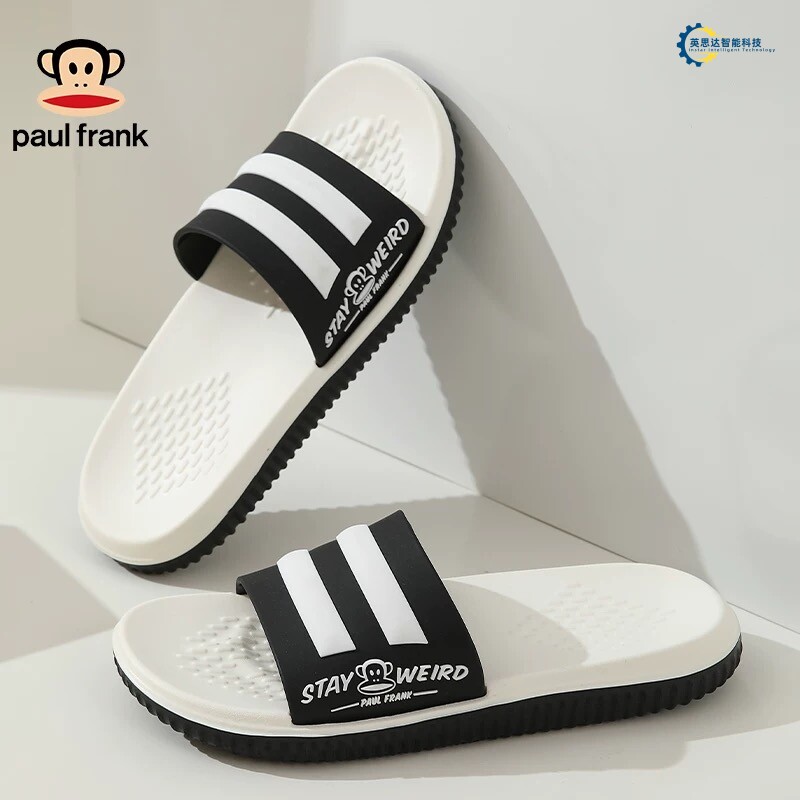
Advanced PID Temperature Control for Durable Designs
Let’s talk about PID temperature control—the unsung hero of garment embossing that’s basically the Goldilocks of heat regulation. Too hot? Your logo melts faster than ice cream in July. Too cold? It sticks like a half-hearted sticker on a toddler’s forehead. But with PID algorithms, machines channel their inner zen master, balancing temperature like a yoga instructor mid-pose.
Here’s the science-meets-silliness breakdown: PID (Proportional-Integral-Derivative) systems use three brainy tactics to keep things just right:
- Proportional: Reacts to “Oops, too toasty!” moments instantly.
- Integral: Fixes tiny errors over time, like a perfectionist with a magnifying glass.
- Derivative: Predicts future mess-ups, because nobody wants a “surprise crispy logo.”
Why does this matter? Imagine stamping a 3D silicone logo on denim. Without PID, your design might crack faster than a dad joke. But with it? The heat stays steady, bonding silicone to fabric like best friends at a sleepover. Bonus: eco-friendly processes get a boost, since precise temps mean less energy wasted—like turning off the lights when you leave a room, but for factories.
| PID Benefit | Result |
|---|---|
| Temperature Stability | No more “melted unicorn logo” disasters |
| Energy Efficiency | Lower bills, happier Earth |
| Design Longevity | Logos survive wash cycles and mudslides |
Transitioning from eco-friendly methods to PID tech is smoother than a buttered slide. While earlier sections covered precision techniques and silicone transfer, this step ensures your branding doesn’t ghost you after one laundry day. For sportswear, where stretchy fabrics mock weak adhesives, PID-controlled machines laugh in the face of peeling logos.
So next time you see a crisp embossed design, remember: behind every durable logo is a PID system, quietly being the overachiever your wardrobe never knew it needed.
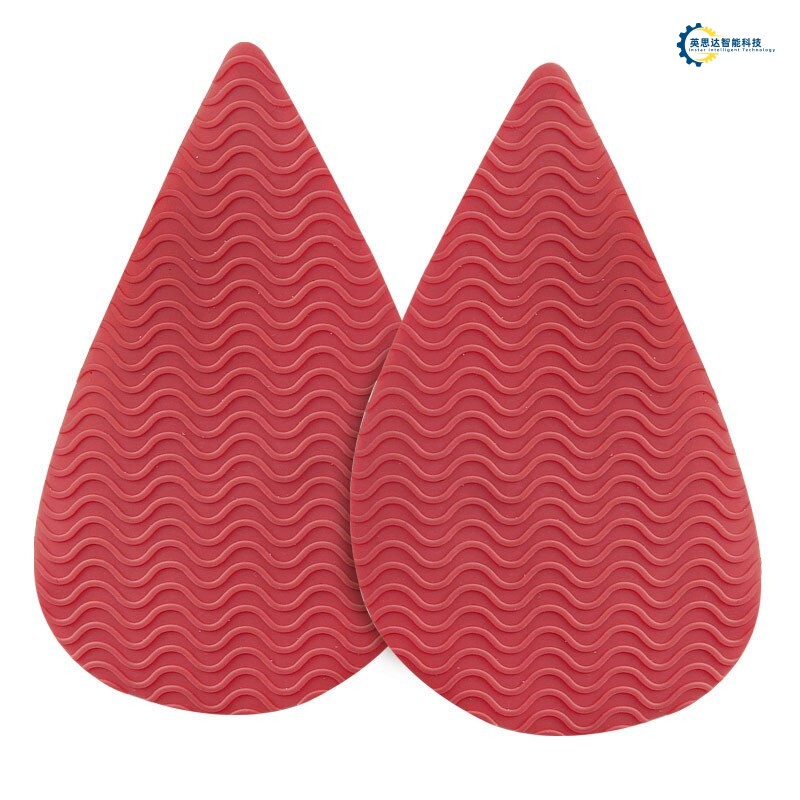
Enhancing Denim & Sportswear with Embossing
Let’s face it: denim and sportswear are the divas of the fashion world. They demand attention, sweat resistance, and the ability to survive a washing machine’s version of The Hunger Games. Enter the garment embossing machine—the unsung hero turning bland fabrics into branded legends. Imagine your favorite jeans getting a “tattoo” so tough, it laughs at spin cycles. With 3D silicone logos, that logo isn’t just stuck on; it’s practically fused into the fabric’s DNA.
Why stop at jeans? Sportswear gets a glow-up too. Those silicone emblems on your gym shorts aren’t just for show—they’re basically Olympic athletes in adhesive form. While you’re gasping through burpees, the logo’s flexing its durability, thanks to PID temperature control ensuring it doesn’t melt into a sad puddle mid-squat. And here’s the kicker: the process is so eco-friendly, even Mother Nature would swipe right.
But wait, there’s science! The machine’s precision ensures your logo isn’t crooked, because nobody wants their brand to look like it partied too hard at Coachella. Whether it’s denim jackets or yoga pants, embossing adds ~sPaRkLe~ without the guilt of toxic dyes. Just remember: once you go 3D silicone, your clothes might just outlast you.
Pro tip: If your logo survives a toddler’s juice spill and a hot wash, you’ve officially joined the fabric branding hall of fame.
Step-by-Step Guide to Silicone Label Application
So, you’ve got a garment embossing machine and a pile of fabric that’s begging for some ~fancy~ branding. Let’s turn that “meh” merch into “wow” wearables without setting anything on fire (unless you’re into that aesthetic). Here’s the playbook:
-
Preheat Like a Pro: Fire up your machine’s PID temperature control—think of it as the machine’s morning coffee. Too cold? Your silicone logo will cling like a lazy koala. Too hot? You’ll melt your design into a modern art puddle. Aim for the Goldilocks zone: just right.
-
Align with Jedi Precision: Place your fabric flat—no wrinkles, unless you’re going for the “I slept in this” look. Use the machine’s laser guides to position the silicone label. Pro tip: If your alignment is off, blame the cat. Everyone does.
-
Press with Drama: Lower the embossing plate like you’re closing a cursed tomb. Apply even pressure for 8-10 seconds. This isn’t a hug—it’s a firm handshake. Too weak? The logo peels faster than a sunburn. Too aggressive? You’ll stamp through the fabric like Godzilla through Tokyo.
-
Cool It, Hotshot: Let the silicone cool naturally. Rushing this step is like skipping the “cool down” after a workout—you’ll regret it when your logo sags like a deflated balloon.
-
Inspect for Glory: Peel off the carrier sheet. If your 3D silicone logo pops like a TikTok trend, congrats! If not, repeat steps 1-4 and pretend it’s a “prototype.”
Remember, even eco-friendly processes deserve a little flair. Now go make that denim jacket look like it costs more than your rent!
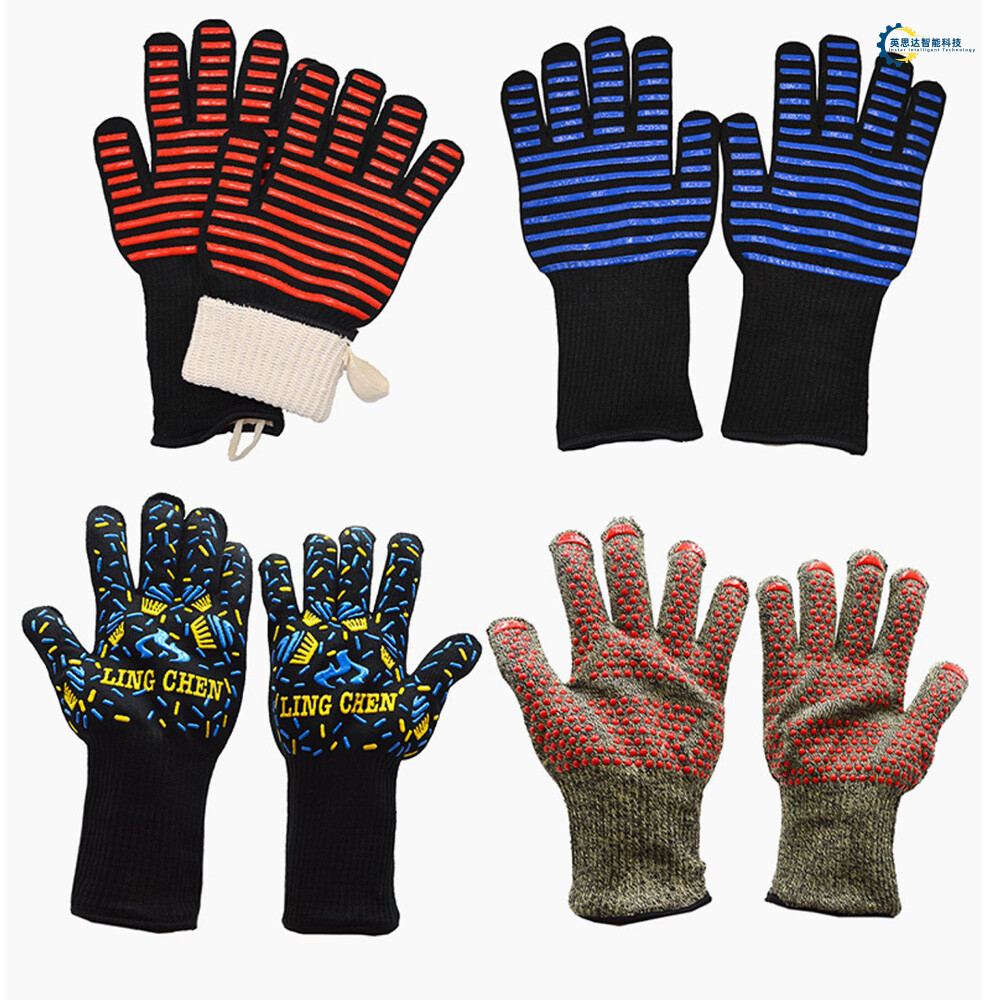
Maximizing Efficiency in Garment Embossing Workflows
Let’s face it: garment embossing workflows can sometimes move slower than a sloth on espresso. But fear not! With a few tweaks, your 3D silicone logo production line can hum like a boy band’s greatest hit. Start by treating your embossing machine like a diva—give it the VIP treatment. Regular maintenance? That’s its spa day. Dust off those rollers, lubricate the gears, and watch it purr like a kitten with a laser pointer.
Now, let’s talk PID temperature control. Imagine this tech as the fussy chef in your kitchen, meticulously adjusting the heat to avoid burnt cookies (ahem, melted silicone). By dialing in precise temperatures, you’ll dodge design disasters faster than a cat avoids bath time. Pair this with pre-programmed patterns, and you’ve got a workflow smoother than a TikTok dance trend.
Pro tip: Batch processing is your new BFF. Group similar designs like you’re organizing a sock drawer—denim logos here, sportswear tags there. This cuts downtime faster than a toddler with safety scissors. And hey, if your machine starts acting up, just whisper sweet nothings about eco-friendly processes. Nothing motivates like guilt-tripping it into saving the planet and your deadline.
Remember, efficiency isn’t about working harder—it’s about outsmarting the chaos. Now go forth, you workflow ninja, and make that embossing machine earn its keep!
Comparing Silicone Transfer vs Traditional Branding
Picture this: traditional branding methods walk into a bar, boasting about their decades of experience. Then silicone transfer strolls in wearing neon sneakers, sipping a kale smoothie, and suddenly the whole room’s paying attention. Why? Because when it comes to slapping logos on fabric, these two are very different party guests.
Let’s start with the OG—heat press transfers. They’re like that friend who still uses a flip phone: reliable but aggressively basic. Sure, they’ll stamp your logo, but expect flat designs that crack faster than a dad joke at a family BBQ. Plus, the energy guzzling? Let’s just say Mother Nature’s side-eyeing your carbon footprint.
Now, 3D silicone transfers? They’re the life of the textile party. Imagine logos popping off the fabric like popcorn—soft, squishy, and weirdly satisfying. Thanks to PID temperature control, these machines don’t just “heat stuff”; they’re like a Michelin-star chef, meticulously cooking designs at exact temps. No more “oops, I burnt the polyester” moments. And eco-friendly? Silicone’s basically the reusable straw of branding—durable, washable, and less landfill drama.
But here’s the kicker: while traditionals sweat over intricate designs (ever tried embroidering a unicorn on spandex?), silicone laughs in precision techniques, sticking logos on denim, sportswear, or even your cat’s tiny sweater without breaking a sweat. It’s like swapping a butter knife for a laser cutter—suddenly, everything’s possible.
So, next time someone says “stick to the classics,” remind them that velociraptors were classics too. Silicone’s here to stay—and it brought snacks.
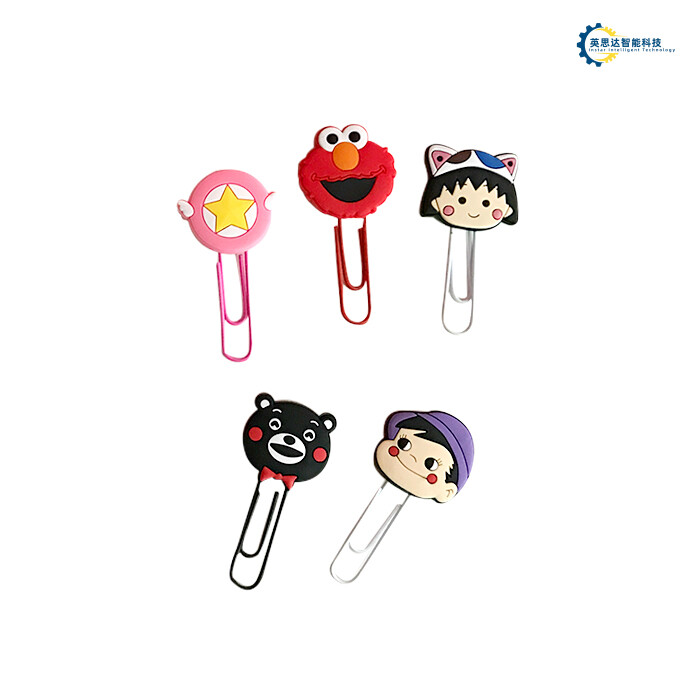
Conclusion
So, you’ve made it to the end of this garment embossing machine rollercoaster—congrats! If fabric branding were a superhero movie, the 3D silicone logos would be the cape-wearing protagonist, and the embossing machine? That’s the quirky sidekick with a PhD in precision. Think of PID temperature control as the machine’s “chill pill,” ensuring your designs don’t melt into a puddle of regret.
Here’s the kicker: eco-friendly processes aren’t just for tree-huggers anymore. They’re the secret sauce to making your denim and sportswear look so good, even Mother Nature would swipe right. And let’s not forget durability—those silicone logos cling to fabric like a toddler to a candy stash, surviving wash cycles, gym sessions, and questionable laundry habits.
In a world where “branding” could mean anything from cattle tattoos to TikTok fame, garment embossing machines are here to keep things classy (and slightly sassy). Whether you’re crafting logos that pop or experimenting with textures that whisper luxury, remember: the right machine turns “meh” into “marvelous.” Now go forth, emboss responsibly, and maybe—just maybe—avoid accidentally branding your cat.
FAQs
Why does my garment embossing machine sound like it’s auditioning for a heavy metal band?
Great question! If your machine’s clanking like a drum solo, check the PID temperature control settings. Overheating can make parts expand and party too hard. Calibrate it, and suddenly, it’ll switch genres to smooth jazz.
Can I use 3D silicone logos on my grandma’s vintage denim jacket?
Absolutely! Just avoid cranking the heat to “volcano mode.” Eco-friendly processes mean lower temps, so you won’t melt her 1972 patch collection. Pro tip: Test on a scrap fabric first—nobody wants to explain that family heirloom incident.
Is silicone transfer branding tougher than my neighbor’s lawn gnome collection?
Way tougher. Unlike gnomes, these logos survive wash cycles, UV rays, and even your dog’s “quality testing.” Durable designs stick around longer than that one hit song from 2010.
Why does my sportswear embossing look like abstract art?
Are you using a waffle iron by mistake? Precision is key! Align the garment embossing machine plates properly, and your logo won’t resemble a Rorschach test. Bonus: Your customers might finally stop asking, “Is that a cloud… or a llama?”
Can I eat pizza while operating the machine?
Technically yes, but advanced temperature control + pepperoni grease = questionable life choices. Keep snacks at a safe distance—unless you’re into “extra crispy” logos.
Ready to Turn Your Fabrics into Rockstars?
Please click here to chat with our embossing wizards. We promise zero heavy metal soundtracks (unless you’re into that).




